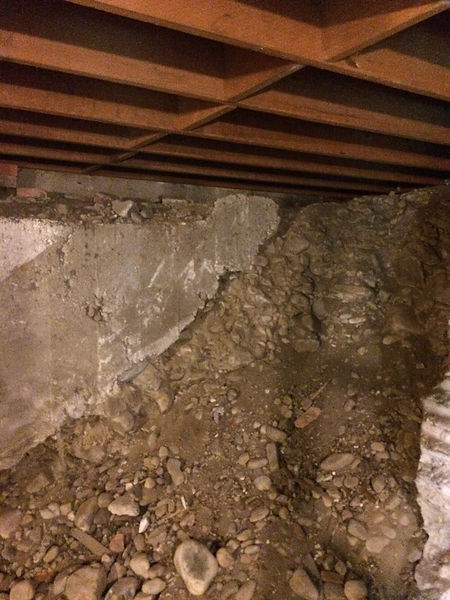
Facility Issues
MDEQ Brownfields Program - Assessment & Cleanup of Contaminated Properties
Asbestos & Lead Paint Reports
-
10/5/2010 Report of Findings from Asbestos Inspection - Abatement Contractors of Montana
-
12/27/2010 Limited Lead Paint Screening - Northern Industrial Hygiene
-
07/02/2015 Report for Limited Asbestos Inspection - Abatement Contractors of Montana
Substructure, Mold Reports & Air Sampling
-
Substructure Report 11/14/2006. No work has been done on the substructure under the Rasmussen as of 2/6/2024.
This reflects the current state of the substructure of the Rasmussen building







-
12/27/2010 Microbial Air Sampling - Northern Industrial Hygiene
-
10/01/2015 Mold Investigation of Cellar under circulation - Air Experts.
-
2022 03 28 Second air clearance after mold returned and remediated again
Engineering Reports
-
01/12/1995 Structural Evaluation - Beaudette Consulting Engineers
-
03/31/1997 Structural Up-Grade - Final Sign-off - Beaudette Consulting Engineers
-
11/09/2015 South Building Framing Investigation - Beaudette Consulting Engineers
-
12/8/2016 Eclipse Engineering Site Observation to investigate roof framing in Children's Room
-
01/05/2017 Eclipse Engineering Site Observation 2 to investigate roof framing in Community Room
Renovations and Building Projects 2014-2022
The board's goal is a new location and library. In the meantime some projects had to be done to keep the building safe and useable.
-
Work has been done in the cellar under the circulation area. (Please see Renovation & Building Projects below) Asbestos was removed, mold remediation done and parts of a new floor installed. However, mold returned and mold remediation happened for a second time March 2022 even after new floor and vapor barrier was installed. January 20, 2022 a staff member investigated when a patron complained of the mold smell and took this photo.







Drainage, Code, ADA, & other issues




